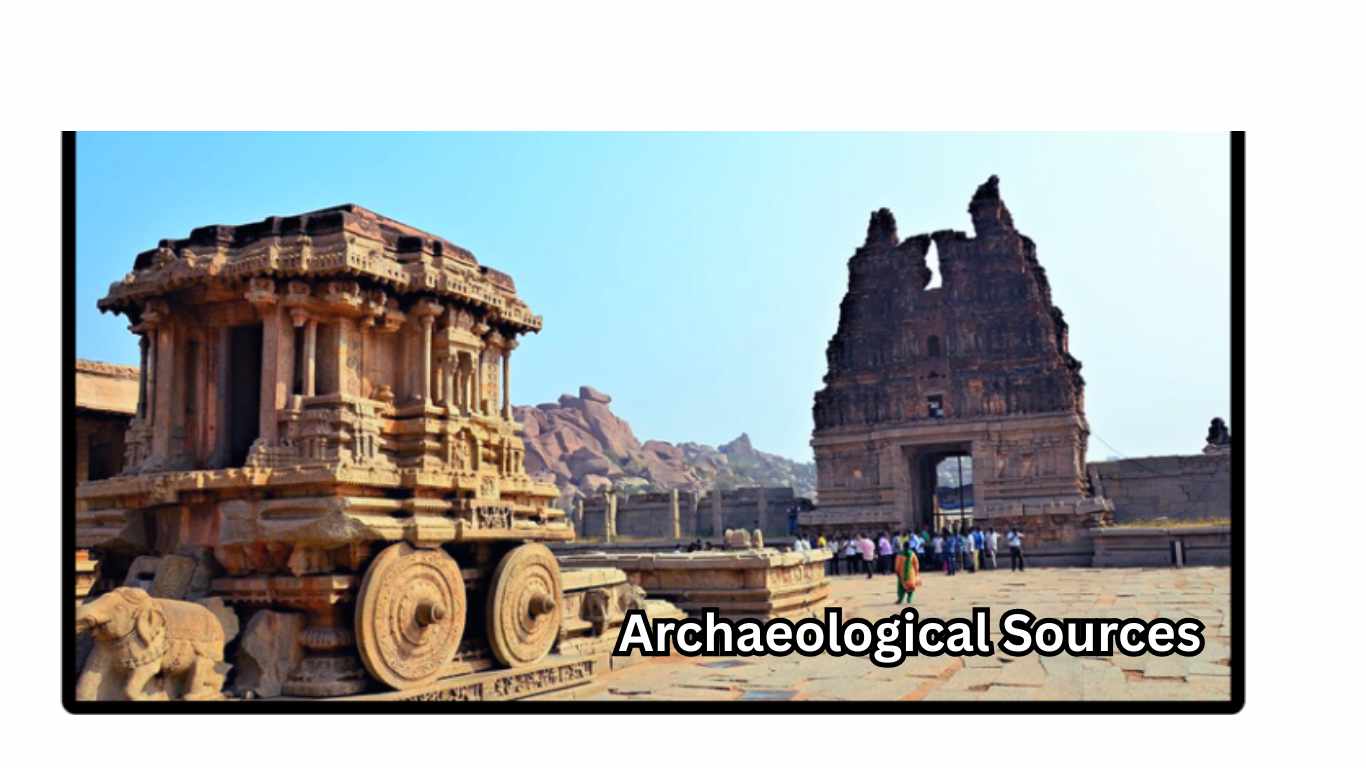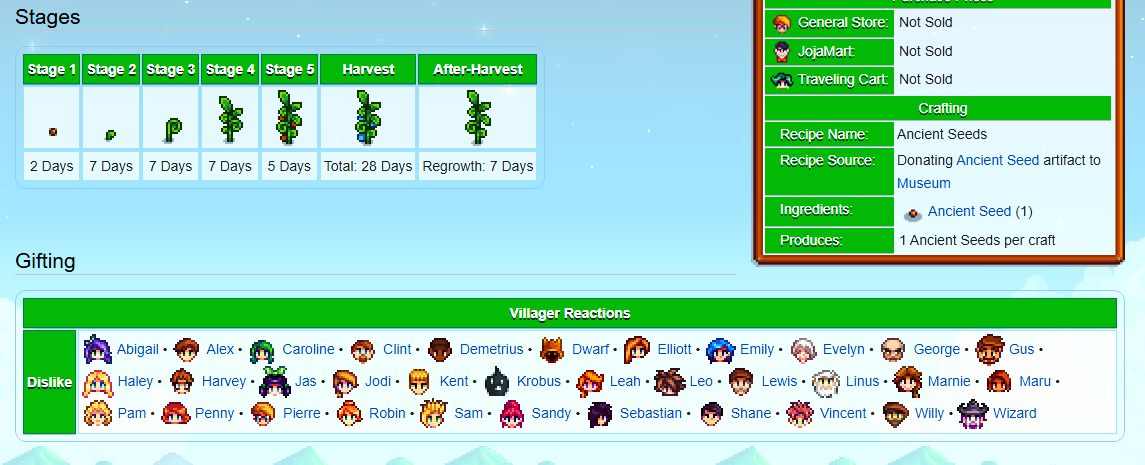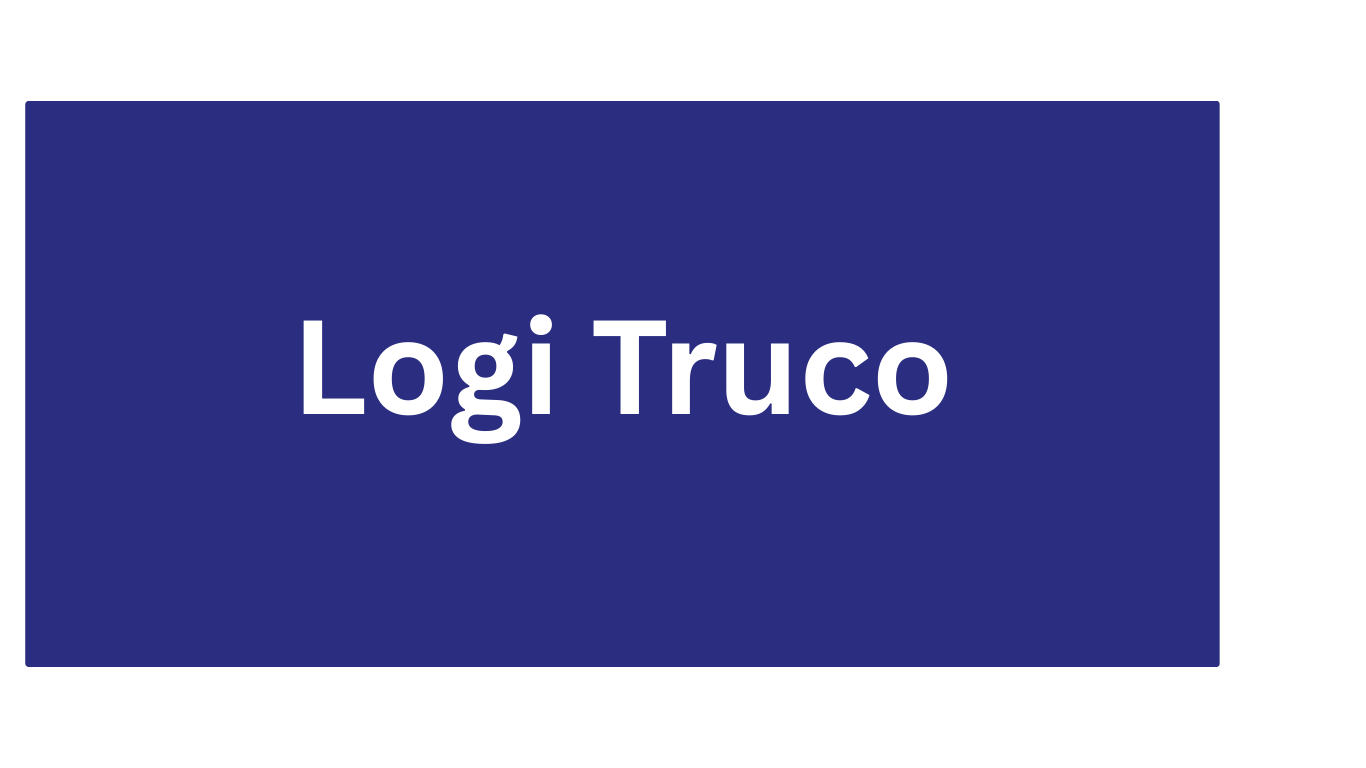When we think of history, we often picture dusty books, ancient scrolls, and epic tales passed down generations. But beyond the written word lies a treasure trove of evidence: archaeological sources. These silent witnesses of the past—ruins, tools, art, bones, and more—reveal rich insights into human civilization long before writing was invented. In this article, we’ll explore what archaeological sources are, why they matter, and how they help shape our understanding of history.
What Are Archaeological Sources?
Archaeological sources are physical remains of the past discovered through systematic excavation and research. Unlike literary sources that rely on language and documentation, archaeological sources speak through objects, architecture, artifacts, and environmental evidence.
They include:
- Tools and weapons
- Pottery and ceramics
- Coins and jewelry
- Buildings and monuments
- Human and animal skeletons
- Cave paintings and sculptures
These materials offer valuable clues about past societies—how they lived, what they believed, what they ate, and even how they died.
Types of Archaeological Sources
To make sense of the past, archaeologists classify sources into several types:
1. Artifacts
Man-made objects like tools, pottery, coins, and ornaments. They reflect daily life, trade, technology, and artistry.
2. Monuments and Structures
These include temples, forts, palaces, and urban planning layouts—offering insight into religion, governance, and architecture.
3. Ecofacts
Natural remains such as pollen, seeds, bones, and soils that help reconstruct ancient environments and diets.
4. Inscriptions and Seals
Though partially textual, these still qualify as archaeological due to their context—offering clues about language, ownership, and administration.
5. Burials and Human Remains
Grave goods, skeletal remains, and burial patterns help in understanding beliefs about death and social hierarchies.
Importance of Archaeological Sources in History
Archaeological sources of history help us answer questions when written records are absent or biased. For example:
- How did the Indus Valley people live?
- What were the rituals in ancient Egyptian society?
- How did early humans hunt or make fire?
They are particularly vital for prehistoric periods—where no written records exist—and they often correct or confirm historical narratives based on texts.
How Are Archaeological Sources Discovered?
The discovery process is both thrilling and meticulous:
- Surveys: Using GPS, drones, and satellite images to locate potential sites.
- Excavations: Carefully digging layer by layer.
- Analysis: Dating methods like Carbon-14, chemical analysis, and DNA testing to interpret findings.
Some discoveries are accidental—like the famous Terracotta Army in China, found by farmers digging a well!
Examples with Archaeological Sources Images
To make it vivid, here are some famous pictures of archaeological sources (you can search these online for a visual experience):
- Mohenjo-Daro seals and drainage system (Indus Valley Civilization)
- The Rosetta Stone (Egypt)
- Stonehenge (UK)
- Roman coins and amphorae (Europe)
- Terracotta figurines from ancient Japan
These archaeological sources images often appear in museums and online archives, helping both scholars and the general public understand ancient life visually.
Challenges in Interpreting Archaeological Sources
Despite their value, archaeological sources come with challenges:
- Preservation issues – Not all materials survive time.
- Incomplete context – Sometimes, items are found without a clear understanding of how they were used.
- Interpretation bias – Modern perspectives can influence how ancient artifacts are understood.
Hence, archaeologists work with historians, scientists, and even artists to piece together an accurate picture.
Modern Tools for Ancient Finds
Today, archaeology isn’t just about digging with shovels. High-tech tools like:
- Ground-penetrating radar
- 3D scanning
- Remote sensing satellites
have revolutionized the way we locate and analyze archaeological sources of history.
Even AI is being used to reconstruct ancient buildings and decode undeciphered texts!
Conclusion: Why Archaeological Sources Matter
So, what are archaeological sources to us? They are the whispers of time, the tangible remains of civilizations long gone. They complete the historical puzzle, offer new perspectives, and sometimes challenge what we thought we knew.
Whether it’s a broken pot or a buried city, every archaeological find brings us closer to understanding who we were—and who we are.
So next time you see a picture of archaeological sources, remember: it’s not just a relic; it’s a storyteller of time.
FAQs on Archaeological Sources
1. What are archaeological sources?
Archaeological sources are physical remains of past human life such as tools, pottery, buildings, skeletons, and artwork, uncovered through excavation.
2. Why are archaeological sources important in history?
They provide evidence of ancient life, especially where written records don’t exist, helping us understand how early people lived, worked, and interacted.
3. What is the difference between archaeological and literary sources?
Literary sources are written texts, while archaeological sources are physical objects and structures that reflect historical life and culture.
4. Can we trust archaeological sources for accurate history?
Yes, they are highly reliable, especially when analyzed scientifically, although interpretation can vary depending on context and evidence.
5. What are some common examples of archaeological sources?
Examples include coins, cave paintings, tools, weapons, monuments, pottery, and burial remains.
6. Where can I see pictures of archaeological sources?
You can find archaeological sources images in history books, museum websites, and online archives like those of the British Museum or National Geographic.
7. How do archaeologists find archaeological sources?
Through surveys, excavations, remote sensing, and sometimes by accident during construction or farming.
8. What are ecofacts in archaeology?
Ecofacts are natural remains like seeds, bones, or pollen that offer clues about the environment and diet of past people.
9. Are archaeological sources only from ancient times?
No, they can be from any historical period, including the recent past, depending on the context of study.
10. How are archaeological sources dated?
Dating is done using methods like radiocarbon dating, stratigraphy, dendrochronology, and thermoluminescence.











Leave a Reply